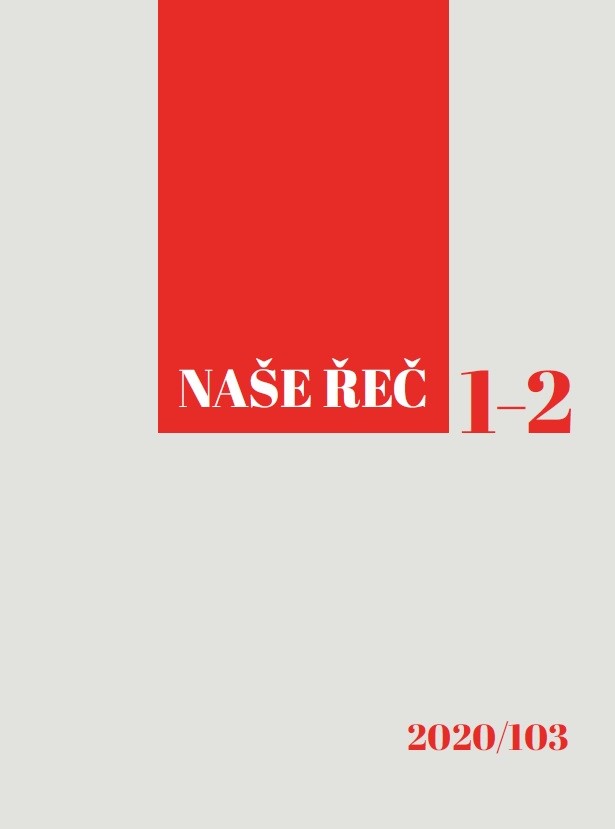Proč (někdy) nemíchat texty aneb Text jako možná výchozí jednotka lingvistické analýzy
Why not to mix texts (sometimes): the text as a possible default unit of linguistic analysis
Author(s): Radek Čech, Pavel Kosek, Ján Mačutek, Olga NavrátilováSubject(s): Western Slavic Languages
Published by: AV ČR - Akademie věd České republiky - Ústav pro jazyk český
Keywords: analysis; language behaviour; model; sample; text
Summary/Abstract: The paper deals with two important questions in linguistic research: 1) What do we actually model when we model language usage? and 2) What is an appropriate sample or ‘text unit’ for the analysis of language usage? In the beginning, we critically discuss several approaches to the analysis of language behaviour. Then, we introduce the most important characteristics of both Zipf’s linguistic theory and synergetic linguistics. We focus in particular on the aspects of these theories which are connected to the above-mentioned questions. Specifically, we emphasize that one of the fundamental features of these theories is the assumption that there are linguistic laws which govern human language behaviour and which can be best detected by observing the language behaviour of an individual (in a particular context). As a consequence, if the goal of the research is to examine laws of this kind, the individual text is used as a basic unit for the analysis. The mixing of texts can, in some cases, lead to the “concealing” of the laws, as is presented in an example.We also offer another example which shows how characteristics of the same law (in this case, the Menzerath-Altmann law) differ in different texts. Finally, we emphasize that using individual texts in linguistic research is but one possible approach to analysis, i.e. we do not attempt to make ita linguistic research dogma.
Journal: Naše řeč
- Issue Year: 103/2020
- Issue No: 1-2
- Page Range: 24-36
- Page Count: 13
- Language: Czech

